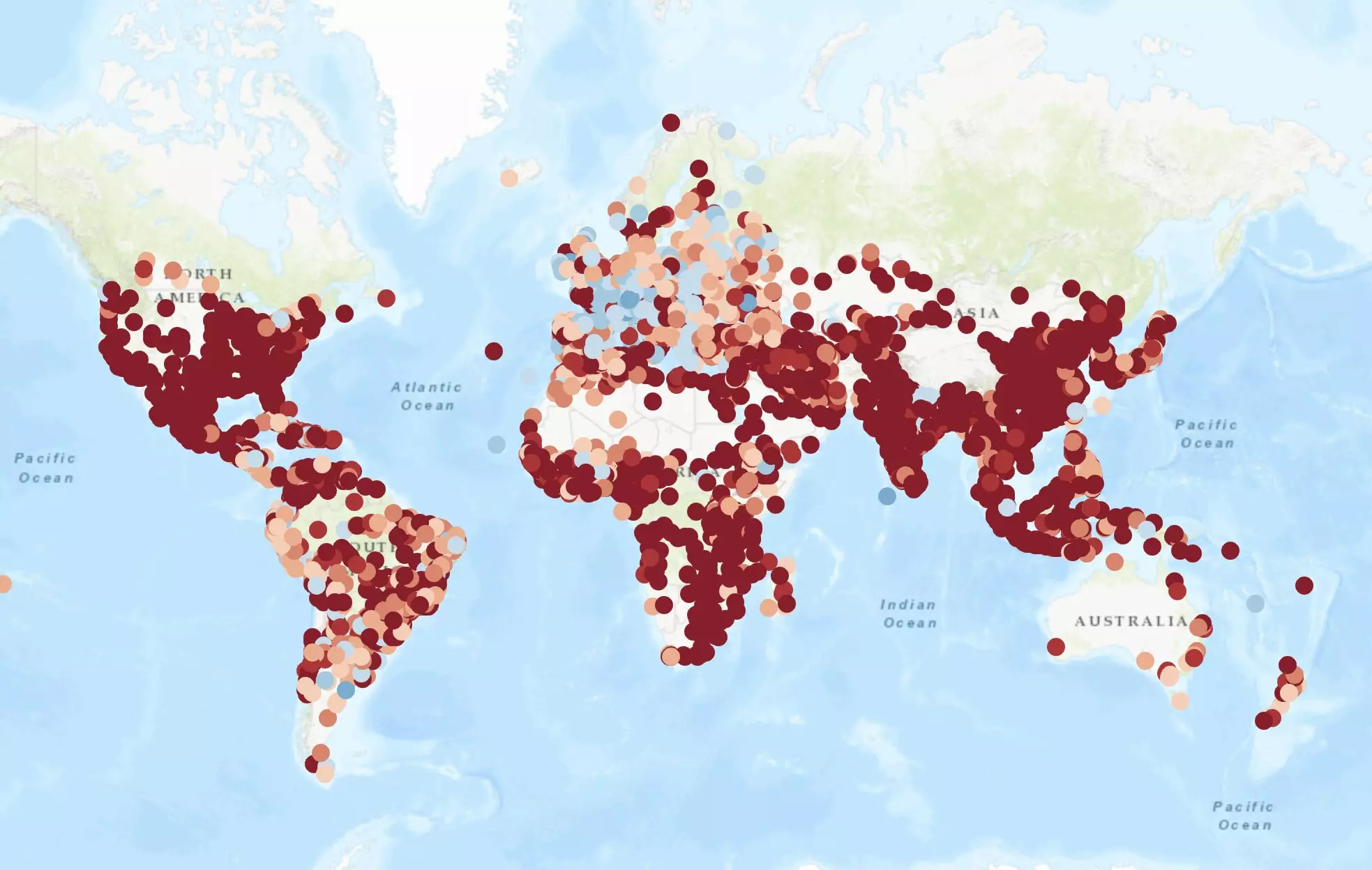The notion of the 15-minute city epitomizes a visionary approach to urban design, intending to make essential services accessible within a mere 15-minute walk or bike ride. This concept has gained momentum in contemporary urban planning debates, highlighting its potential to address critical urban challenges such as congestion, environmental degradation, and social exclusion. As more than half of the global population now resides in urban areas—a figure projected to grow—addressing these issues has become an urgent prerequisite for sustainable living. By creating urban frameworks that prioritize proximity and accessibility, the 15-minute city model presents a viable pathway to enhance the quality of urban life.
A recent study spearheaded by researchers, including Vittorio Loreto from the Complexity Science Hub and Sapienza University of Rome, meticulously quantifies the accessibility of cities worldwide through the lens of the 15-minute city paradigm. Published in Nature Cities, this research offers an evaluative platform (available at whatif.sonycsl.it/15mincity) where stakeholders can access data across various urban centers. Utilizing a new metric, the team not only assesses how close cities come to the ideal but also unveils stark variations in service accessibility within urban areas and across different continents. This indicates a troubling level of inequality in access to necessary resources, with affluent neighborhoods often holding a monopoly over essential services.
Exploring the comparative results, Loreto points to European cities, such as Vienna, as champions of the 15-minute city model, epitomizing high accessibility levels. In contrast, many cities across the United States, Africa, and substantial regions of Asia reveal significant shortcomings, with residents often facing extended travel times to access fundamental services. This inequality is prominently tied to socio-economic factors and urban density, raising critical questions about affordability and urban planning strategies. Areas rich in services often necessitate higher living costs, effectively alienating lower-income residents and exacerbating social divides.
Intriguingly, the research team did not stop at merely cataloging disparities. Instead, they probed the question of whether redistributing resources might facilitate greater service accessibility. To this end, they developed a “relocation algorithm” that aids in understanding potential service redistributions and their impacts on urban equality. This analytical tool is crucial for simulating how cities might adjust their service landscapes to align with the 15-minute city model. By comprehensively understanding the dynamics of resource allocation, urban planners can genuinely gauge how accessibility might improve under revised urban schemes.
The findings indicate a significant variance in the types and numbers of additional services necessary for different cities to meet the 15-minute criteria. Certain urban landscapes may not even possess the foundational elements that render the proximity-focused model feasible, thereby necessitating a radical rethinking of urban frameworks. This realization asserts the importance of tailoring urban planning approaches to individual city contexts rather than imposing uniform solutions that fail to address nuanced local challenges.
The essence of the research underscores that simply striving for a time-oriented city is inadequate for creating genuinely livable urban environments. Instead, it advocates for a shift toward value-driven urban planning—one that thoroughly considers population dynamics, socio-economic conditions, and cultural aspects. By embracing this model, urban planners and policymakers can devise strategies that cater specifically to the unique needs and characteristics of their cities, ensuring a more inclusive and accessible urban future.
Investing in more equitable urban environments yields a multiplicity of benefits. Expanding access to healthcare, education, cultural venues, and community resources not merely enhances the urban experience but also cultivates a population engaged in civic responsibilities and creative contributions. The 15-minute city framework, alongside other models, propels a conversation around how cities can reposition themselves as accessible and inclusive spaces for all residents. Ultimately, by confronting and addressing the complexities inherent in urban living today, we can pave the way for future cities that cherish accessibility, sustainability, and vibrant community life.
Rethinking urban spaces through the 15-minute city lens provides us with a template for evolving our cities into accessible, inclusive environments where all citizens can thrive. As we grapple with the challenges of modern urbanization, it becomes imperative to place accessibility and equity at the forefront of urban planning conversations.



Leave a Reply